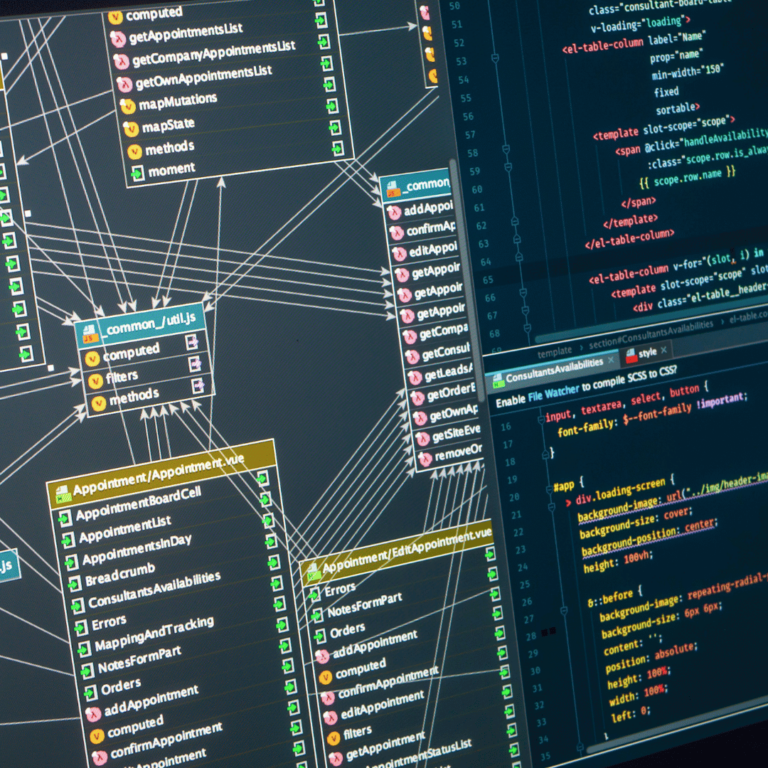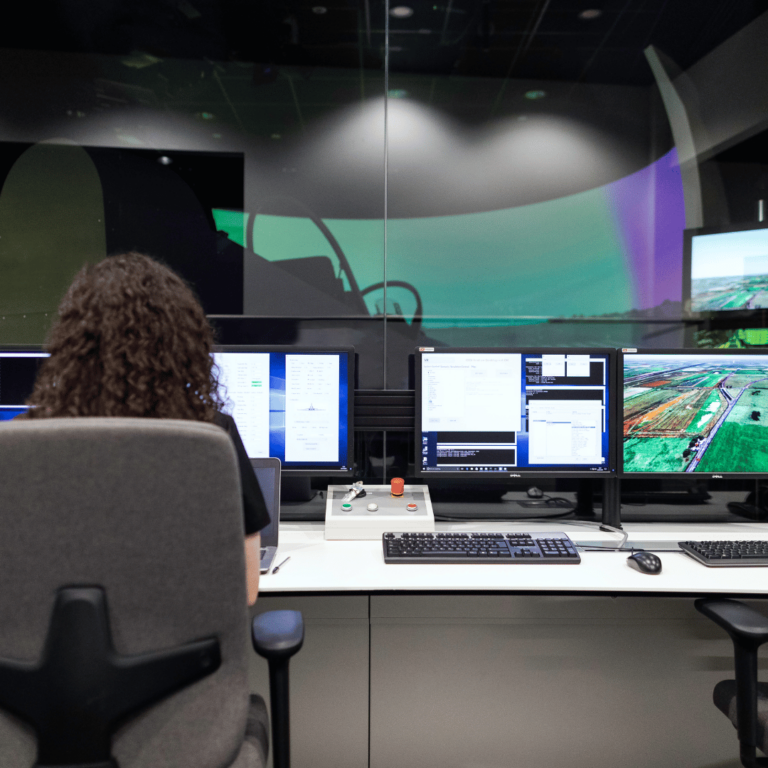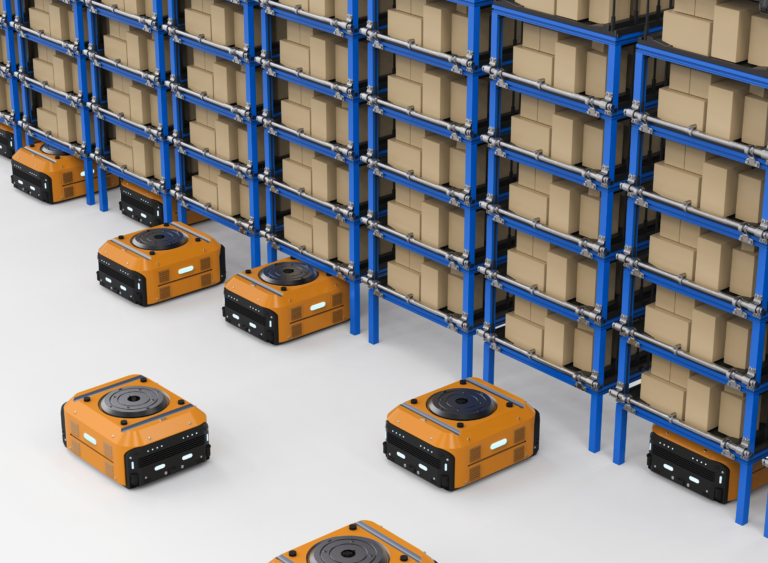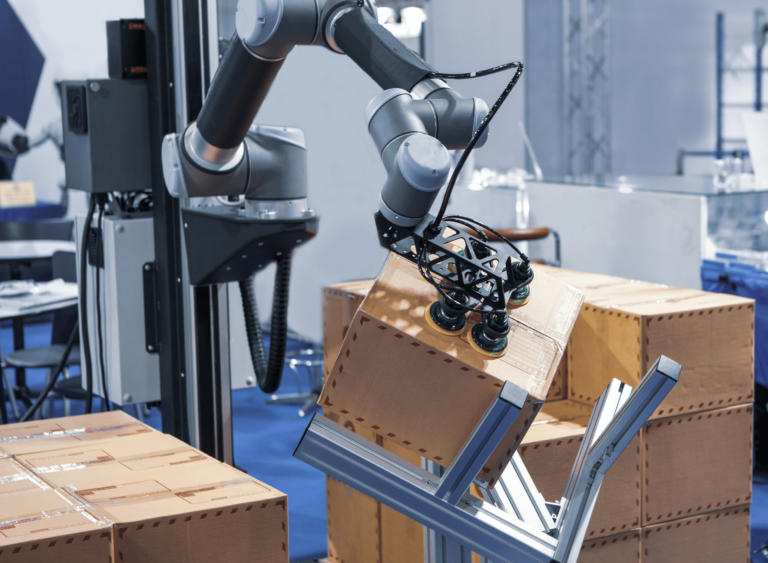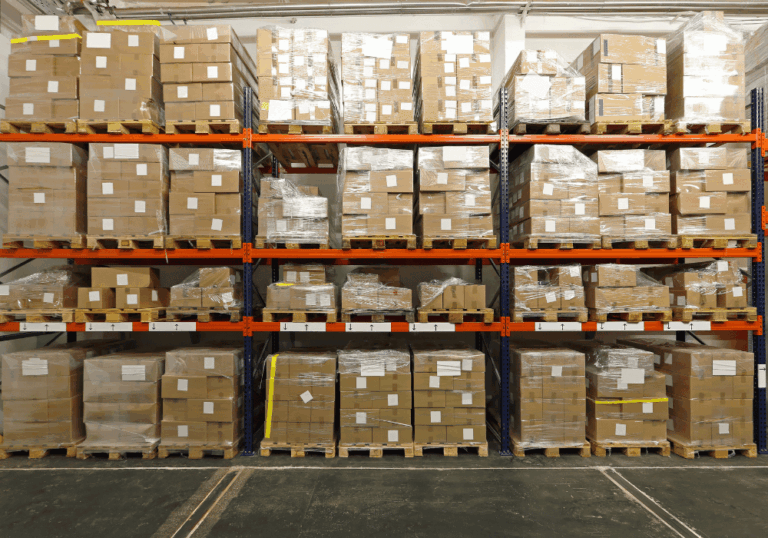From Manual to Smart: How Warehousing Has Evolved in the Last 10 Years


Ten years ago, warehouses were mostly bustling spaces full of forklifts, clipboards, and people trying to keep track of inventory by hand or through basic systems. Fast forward to today, and you’ll find intelligent robots, AI-powered inventory systems, and real-time data flowing across cloud platforms. The transformation of warehousing over the past decade isn’t just about new tech—it’s about efficiency, speed, and accuracy.
Let’s take a closer look at how warehousing has changed over the last 10 years.
Technology Integration
Then:
Warehouses relied on spreadsheets, manual counts, and legacy software to manage inventory. Barcode scanning was in place, but often not connected in real time to broader systems.
Now:
Modern warehouses use advanced Warehouse Management Systems (WMS), cloud-based platforms, IoT devices, and AI to track inventory live, reduce errors, and forecast demand. Data isn’t just collected—it’s analyzed and acted on instantly.
How AI Enhances RFID in Warehousing
Automation and Robotics
Then:
Most tasks—picking, packing, sorting—were done by hand, requiring large labor forces and lots of time.
Now:
Autonomous mobile robots (AMRs), conveyor systems, and robotic arms now assist or replace manual labor. Automation accelerates order fulfillment while improving accuracy and reducing strain on workers.
Inventory Accuracy and Visibility
Then:
It wasn’t uncommon for warehouses to have 85-90% inventory accuracy, with audits done monthly or quarterly. Stockouts and overstocking were common problems.
Now:
With real-time tracking, RFID, and smart sensors, many warehouses now hit 99%+ accuracy. Businesses can monitor inventory levels anytime, from anywhere.
Customer Expectations and Speed
Then:
Standard delivery windows were 3–7 days. Same-day or next-day shipping was rare and expensive.
Now:
With eCommerce booming, same-day delivery is becoming the norm. Warehouses must operate faster, closer to customers (micro-fulfillment centers), and more flexibly to meet demand.





